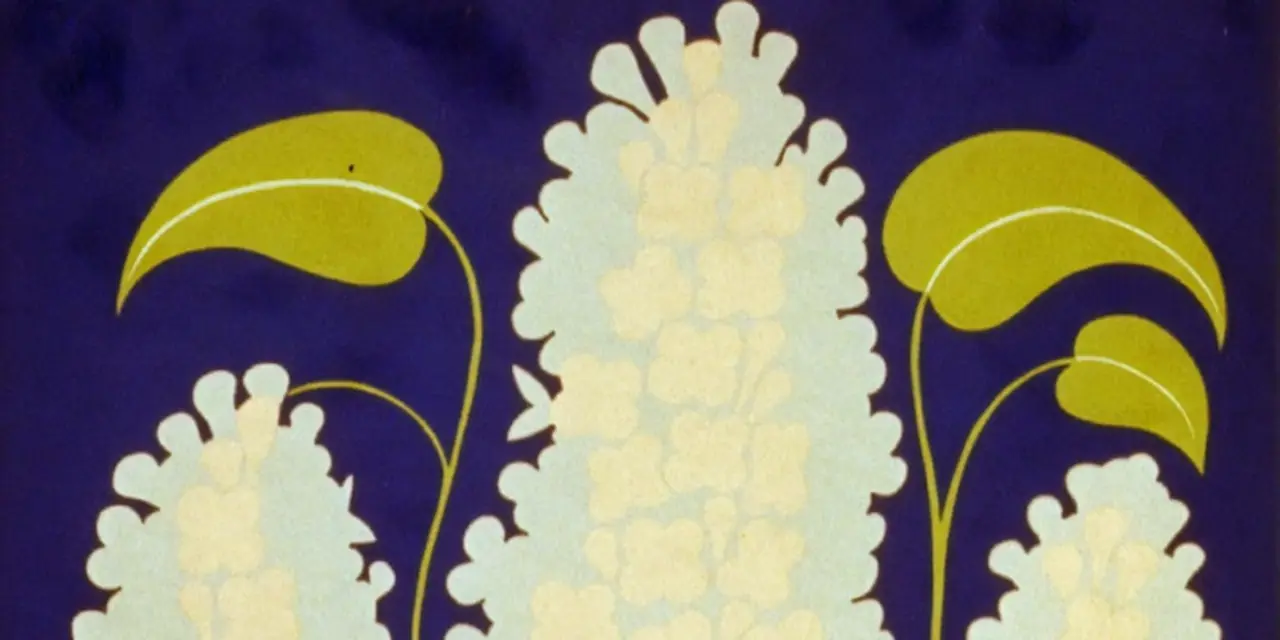
Is art present in science? Provide examples.?
Creativity has long been seen as the domain of the artist, but what about scientists? Can creativity and scientific exploration intersect to produce innovative and groundbreaking discoveries? The answer is yes, creativity is an essential part of scientific discovery. Art and science are not mutually exclusive, and in fact, the combination of both often leads to remarkable breakthroughs.
At the heart of every scientific investigation is an element of creativity. Scientists must ask themselves questions, imagine possible answers, and then devise experiments to test these hypotheses. For example, when Albert Einstein developed his Theory of Relativity, he was not only relying on facts and data, but also on imagination and creativity. His revolutionary ideas were based on the idea that the universe is not static, but ever-changing.
Creativity is also used in the design of experiments. Great scientific discoveries often come out of trial and error, and this requires an element of creativity. Scientists must explore different variables and think outside the box in order to make progress. It's this kind of creative thinking that leads to breakthroughs like the discovery of antibiotics and the invention of the light bulb.
Finally, scientific discoveries often inspire creativity in the arts. For example, Impressionist painters were influenced by the new scientific theories of the day, including the discoveries of the atomic structure of matter. Similarly, modernist writers like James Joyce and Virginia Woolf drew inspiration from the theories of relativity and quantum mechanics.
In conclusion, creativity is an essential part of scientific discovery. Art and science don't have to be mutually exclusive — in fact, the combination of both can often lead to remarkable breakthroughs. Creativity is required for scientists to ask the right questions, design experiments, and make revolutionary discoveries. The same creativity also inspires art, allowing scientists and artists to collaborate and create something truly remarkable.
Art and science have been seen as two separate disciplines for centuries, with art often viewed as the realm of creativity and science as the realm of facts and figures. But what if there was a way to combine the two – to explore the relationship between art and science and to use their combined power to create something even greater than the sum of their parts?
The concept of art and science working together is not a new one. As far back as the Renaissance, scientists and artists have been collaborating to create works of beauty and knowledge. Leonardo da Vinci is a prime example of someone who saw the potential of combining art and science in his work, from his paintings to his work in anatomy and engineering.
Today, the relationship between art and science is stronger than ever. From the design of medical equipment to the creation of scientific visualizations, there are countless examples of how the two disciplines can enhance each other. By combining the creative power of art with the analytical power of science, we can create products, services, and experiences that are truly innovative and inspiring.
At the same time, art can provide insight into scientific concepts that might otherwise be difficult to grasp. By using visual or interactive media, artists can help make complex ideas more understandable and engaging. This is especially true in the field of education, where visualizations and simulations can help students better understand difficult concepts.
The possibilities of art and science coming together are endless, and the potential for creating something truly amazing is undeniable. Whether it’s a visual representation of a scientific concept or a product that combines art and science in a new way, the intersection of the two disciplines can lead to amazing outcomes.
Is art present in science? This is a question that has been asked by many thinkers over the centuries, and the answer is a resounding yes. Art is everywhere in science, from the creative representation of complex data in scientific visualization, to the elegance of mathematical equations and the beauty of nature.
Scientific visualization is a powerful tool for presenting scientific information in a visually engaging way. By using creative representations, such as charts, diagrams, and graphs, scientists can communicate their data more effectively. This is especially useful for complex information that is difficult to understand when presented in a purely textual format. In addition, scientific visualization can be used to illustrate the relationships between different variables and to highlight patterns or trends in data.
One of the most popular forms of scientific visualization is data visualization. This type of visualization uses visual elements, such as charts, diagrams, and maps, to represent data. This can be used to show the relationships between different variables and to identify patterns in data. For example, by looking at a chart or graph, scientists can quickly see how one variable affects another or what the key trends are in a set of data.
Another form of scientific visualization is 3D visualization. This type of visualization uses 3D models to represent data in a visually appealing manner. 3D visualization can be used to explore complex systems, such as proteins, molecules, and cells, in greater detail. By using 3D models, scientists can better understand the structure and function of these systems.
Scientists also use simulation to explore complex systems. By running simulations, scientists can observe and analyze the behavior of a system over time. This type of visualization is useful for testing hypotheses and gaining insight into how a system works.
Scientific visualization is an important tool for communicating complex data in a visually engaging way. By using creative representations, such as charts, diagrams, maps, and 3D models, scientists can communicate their data more effectively and gain insight into complex systems.
Write a comment